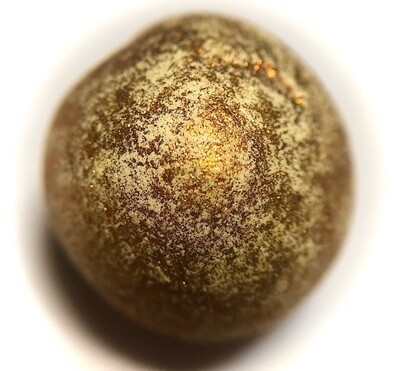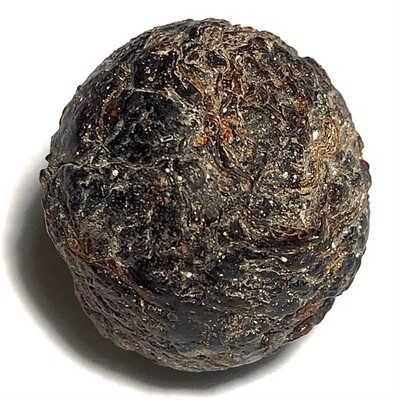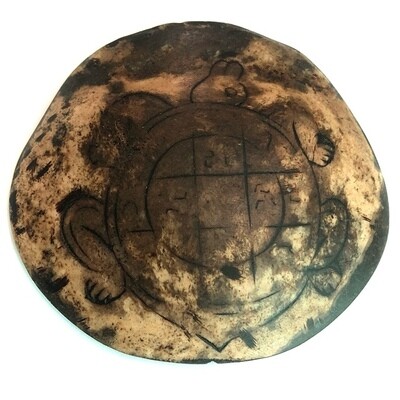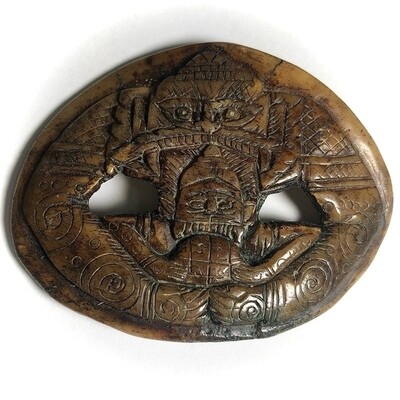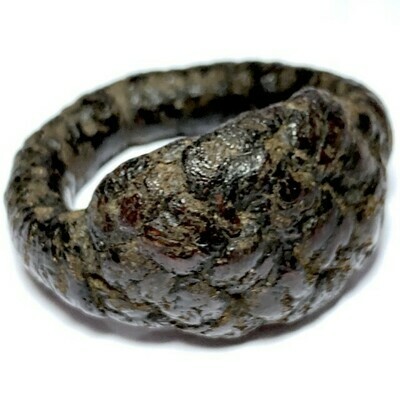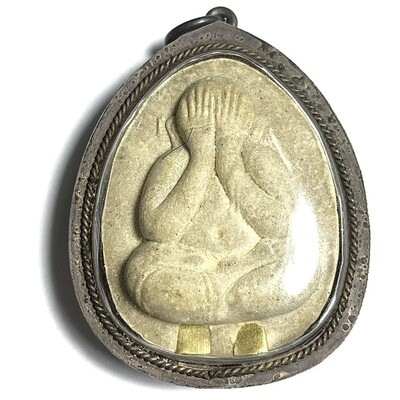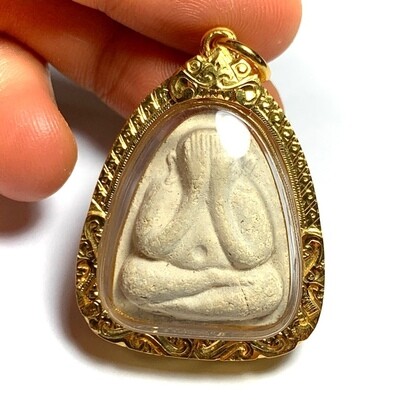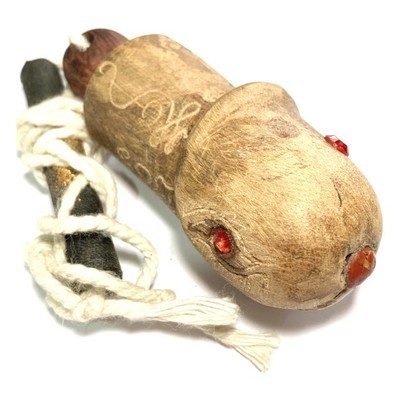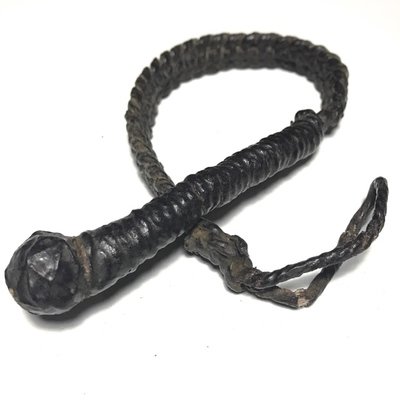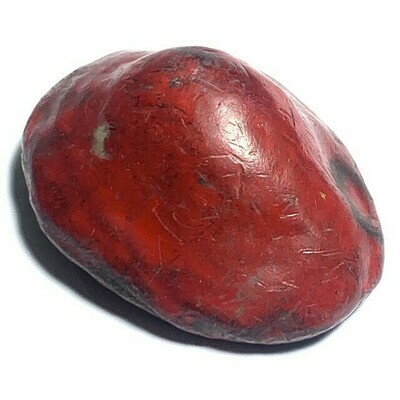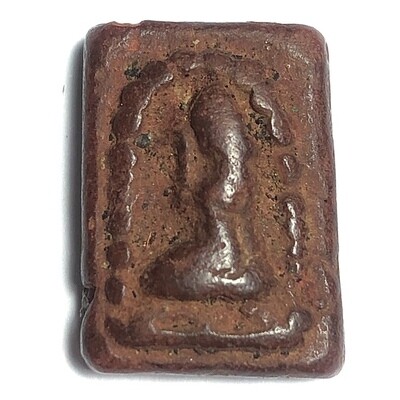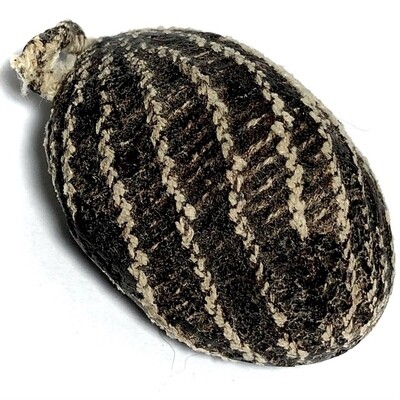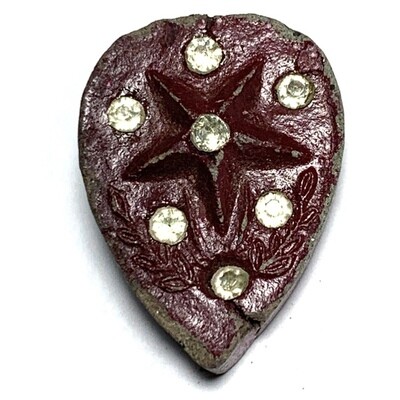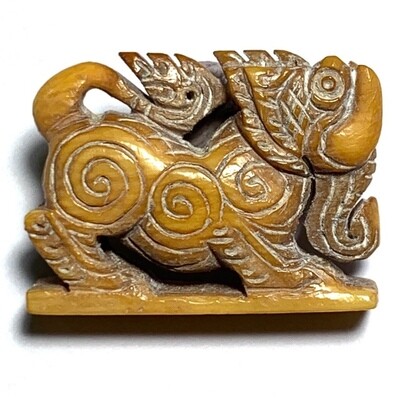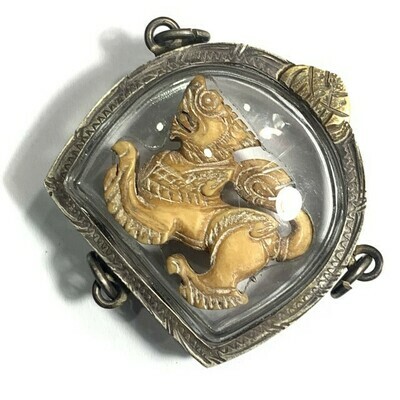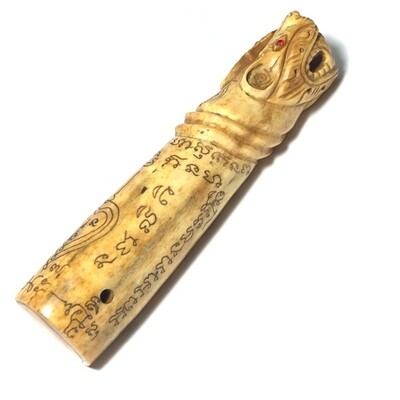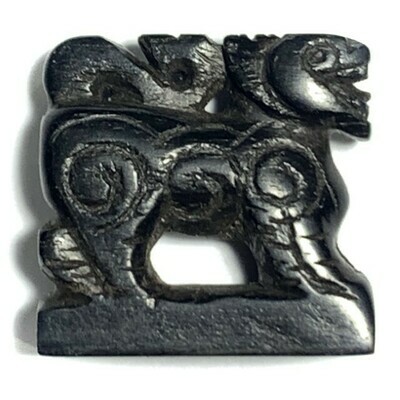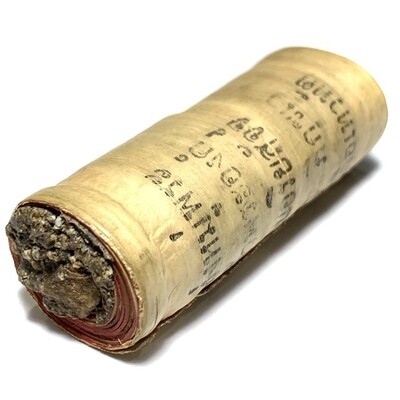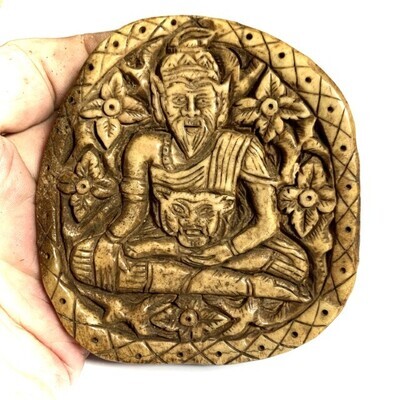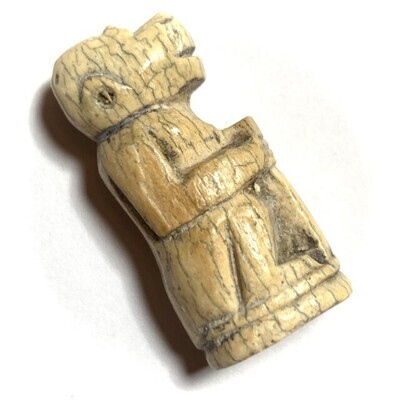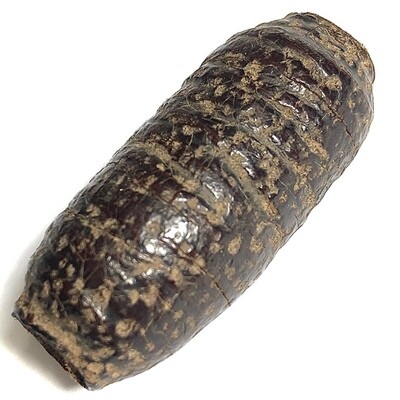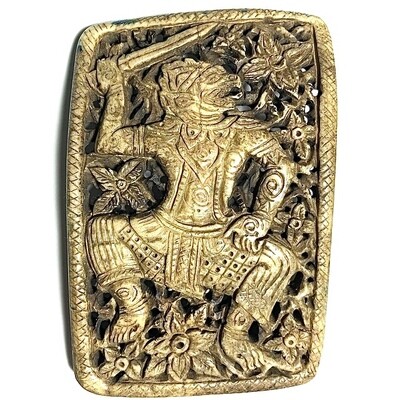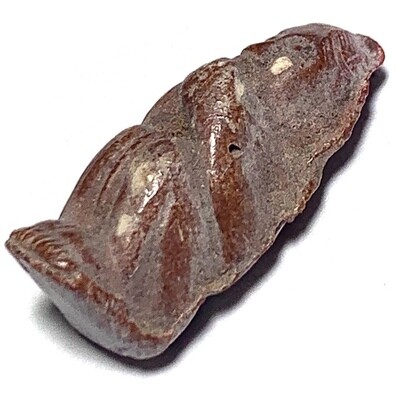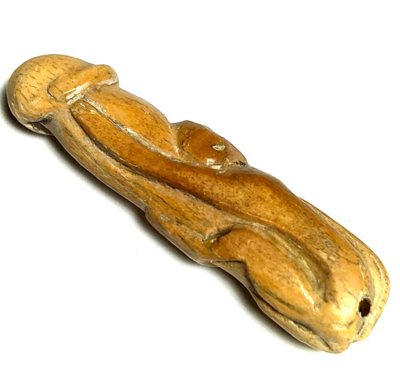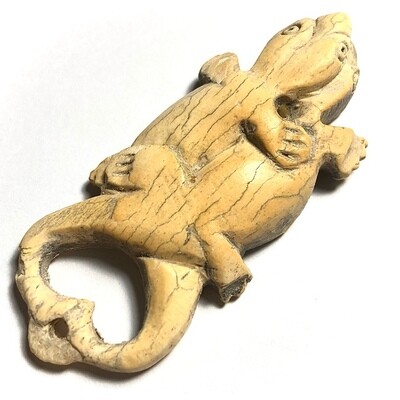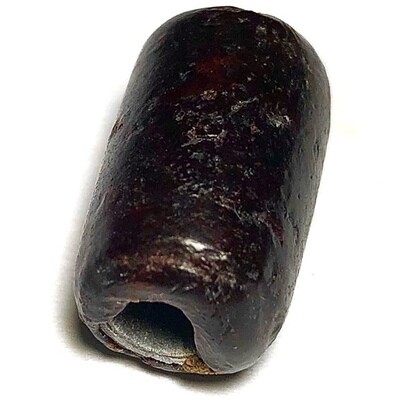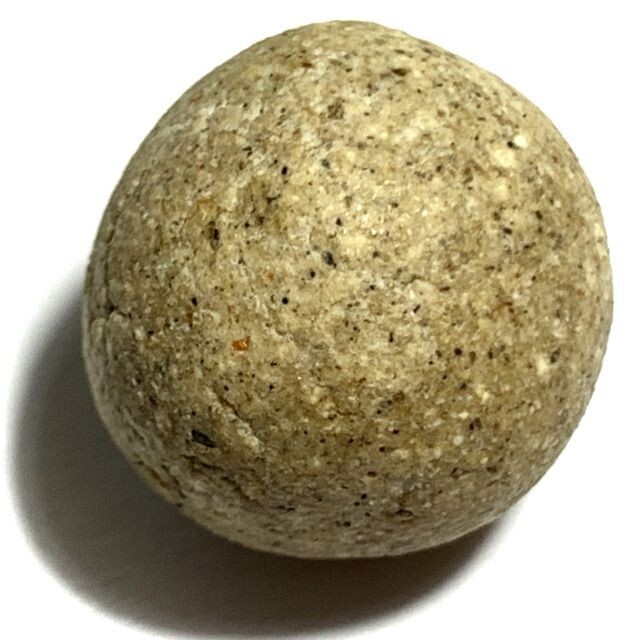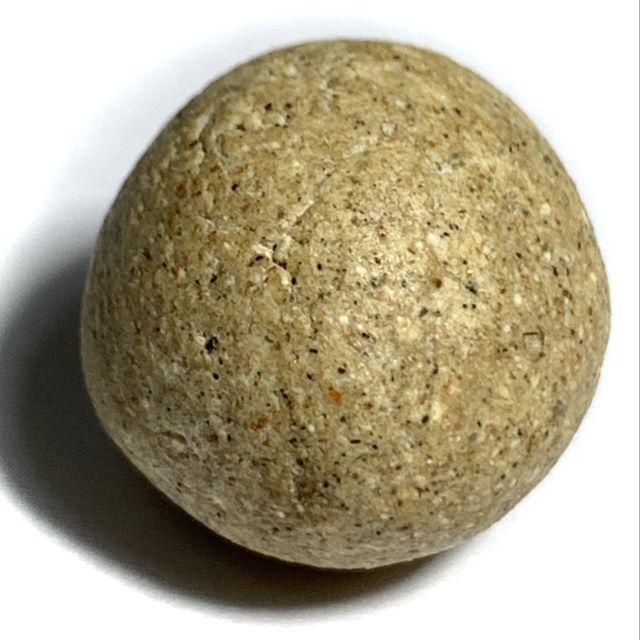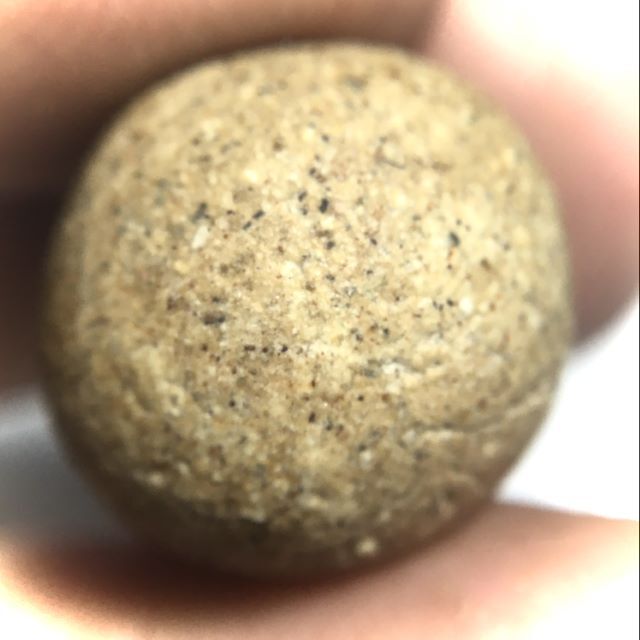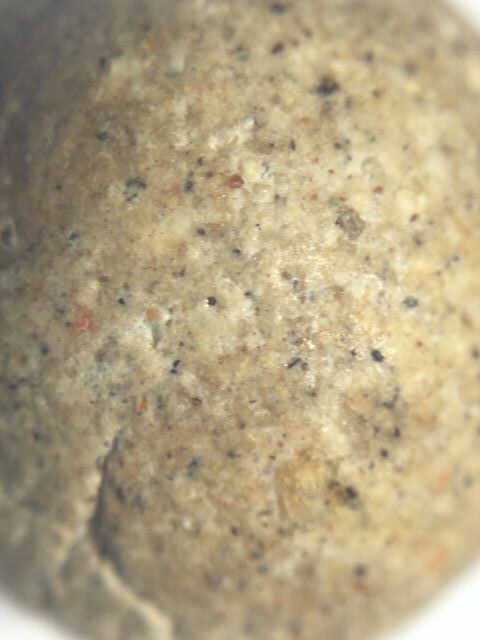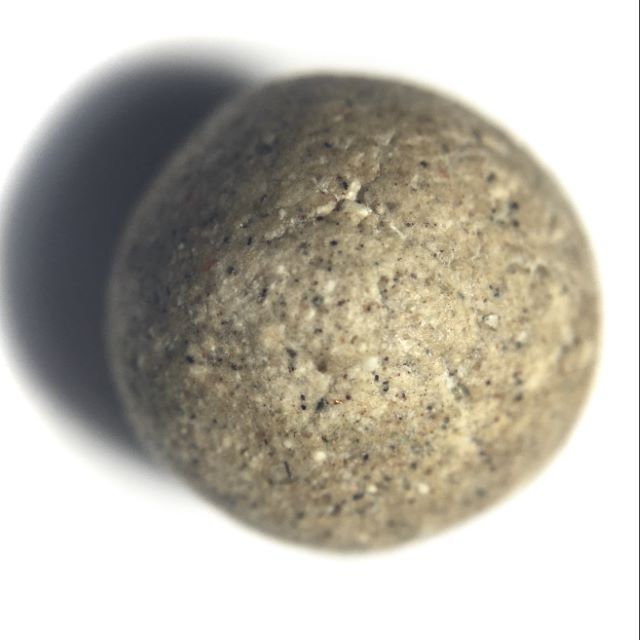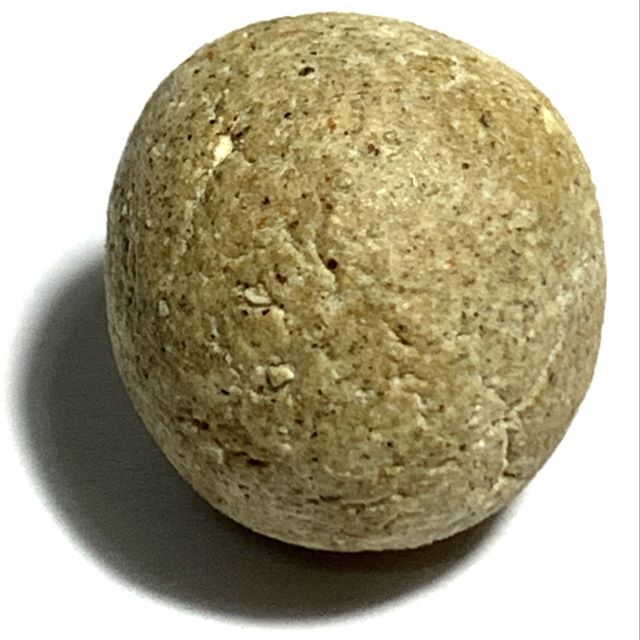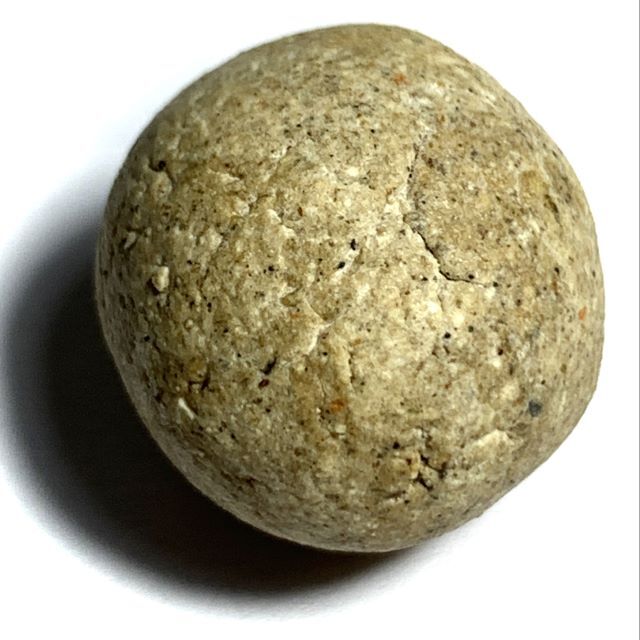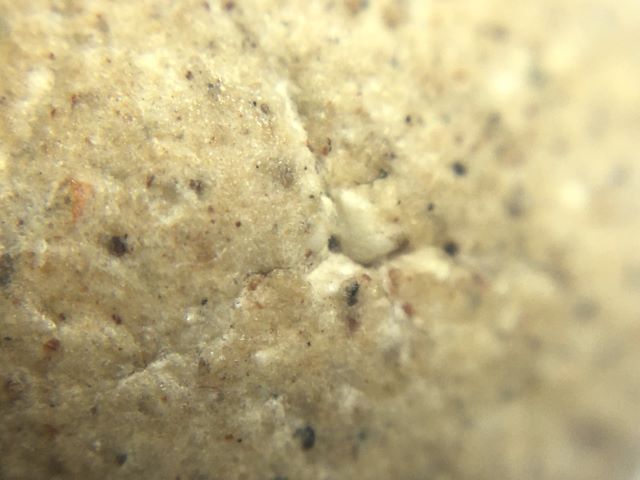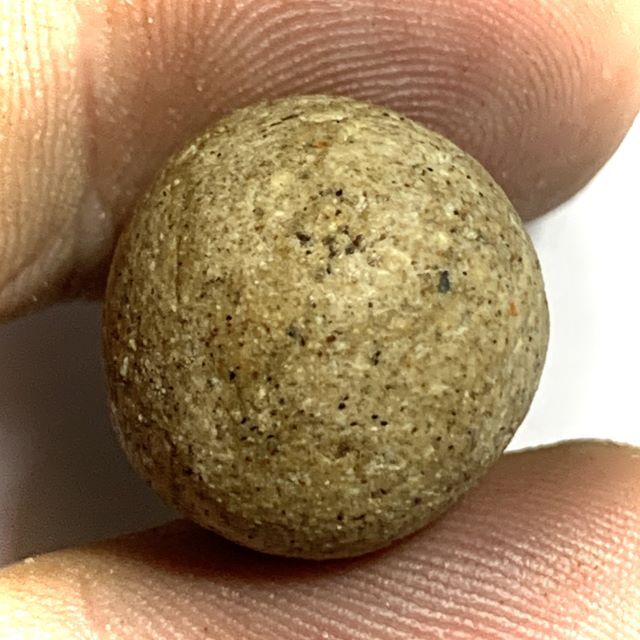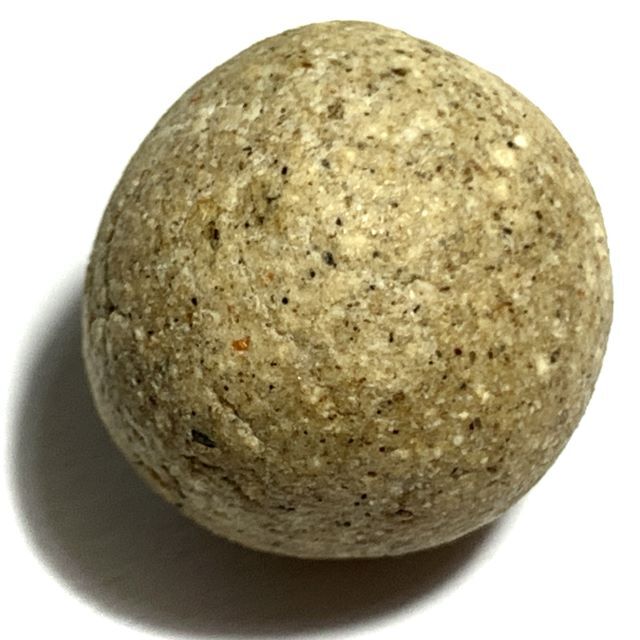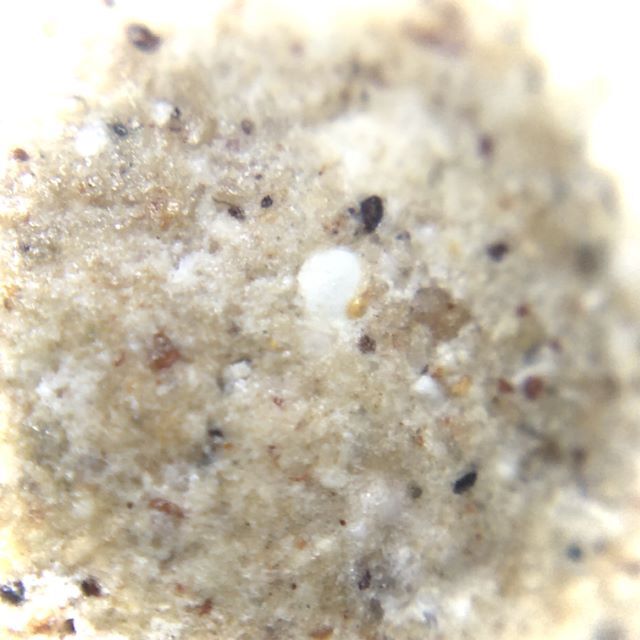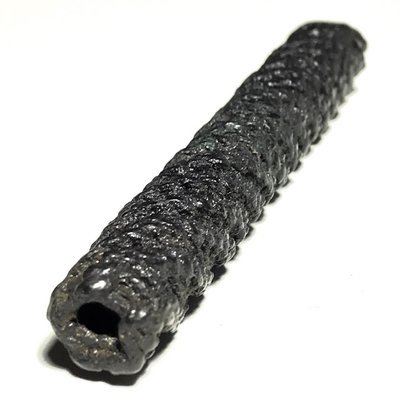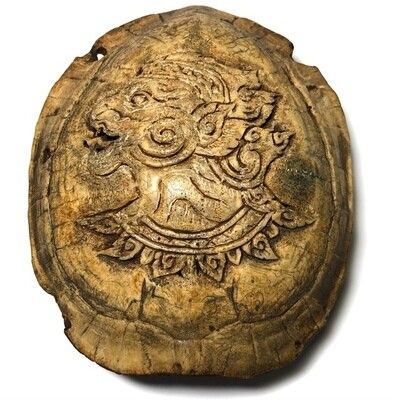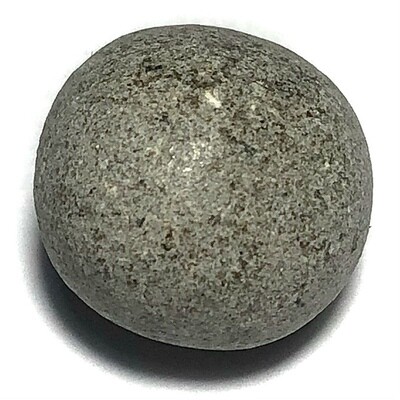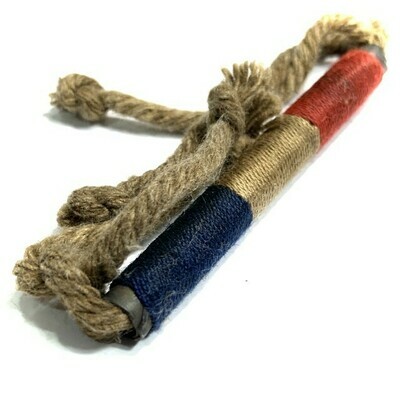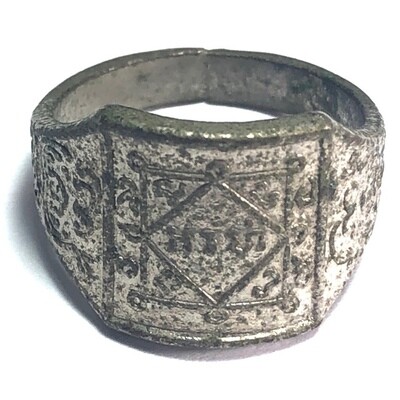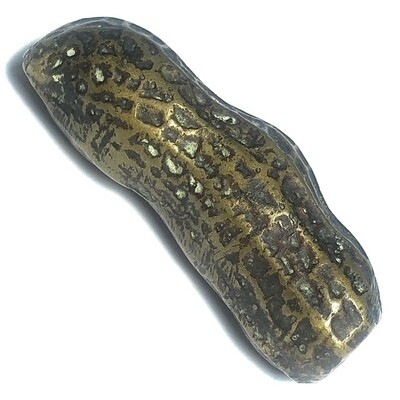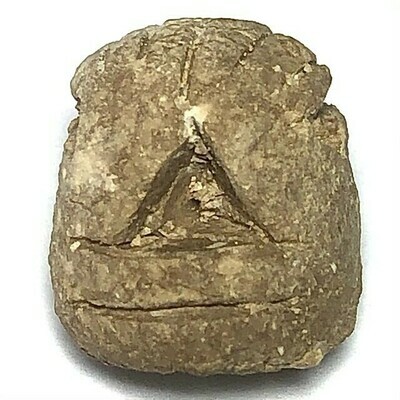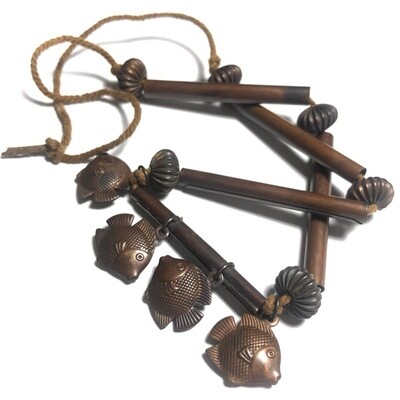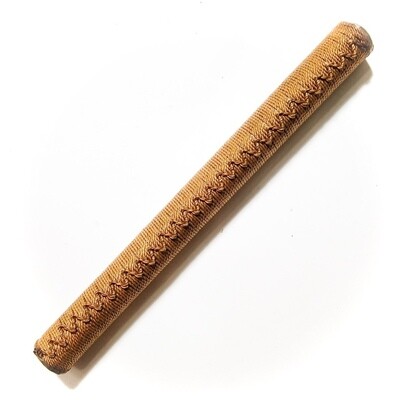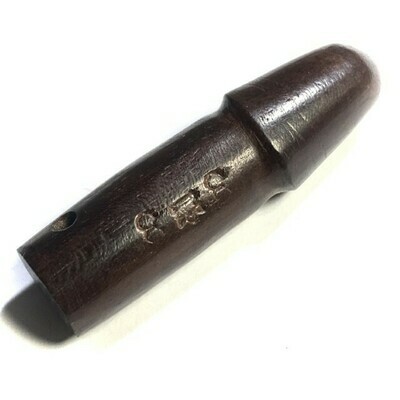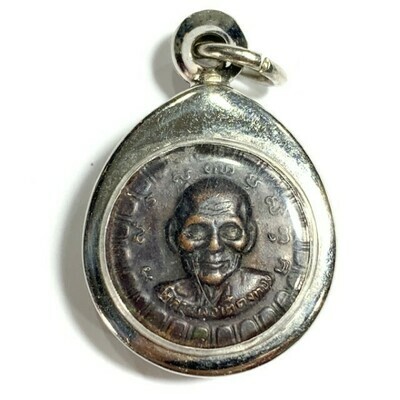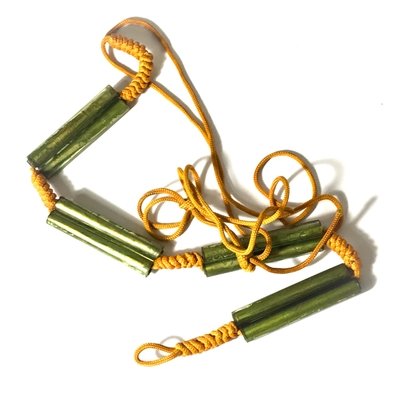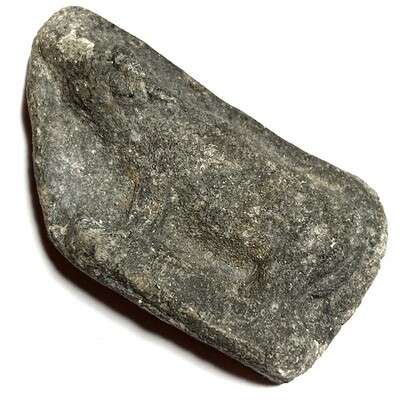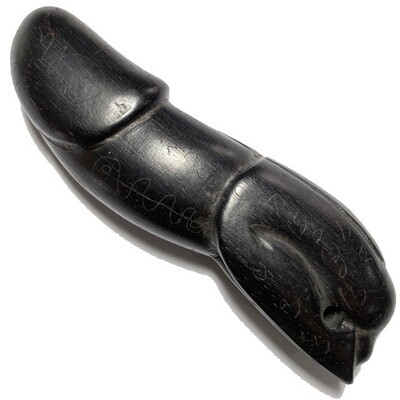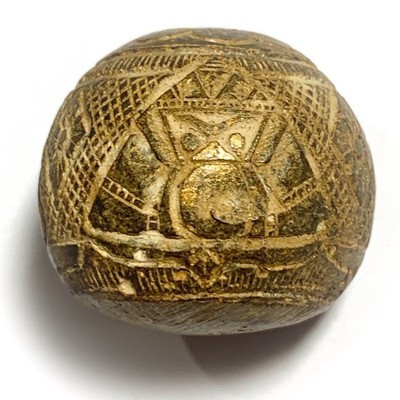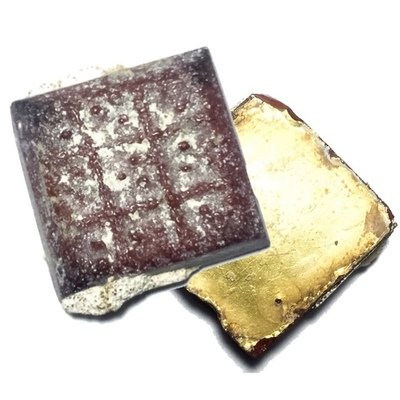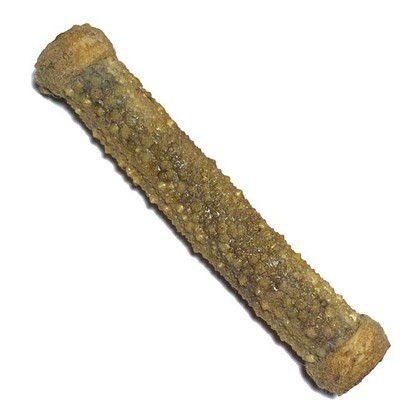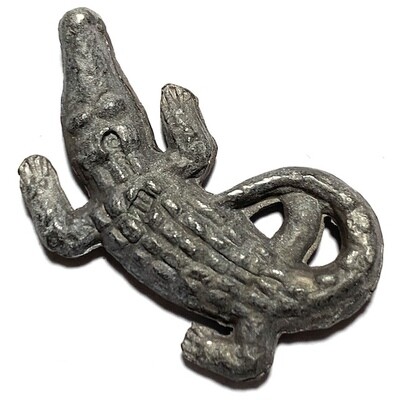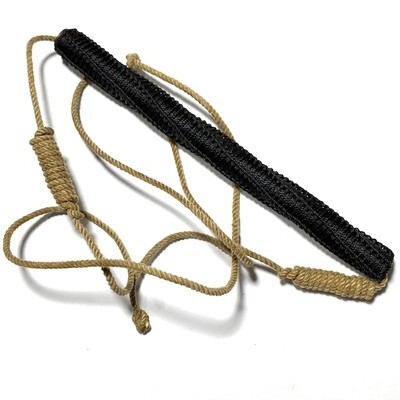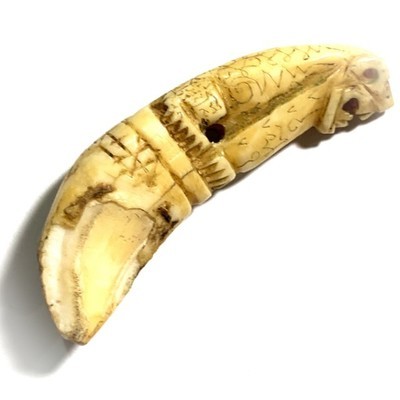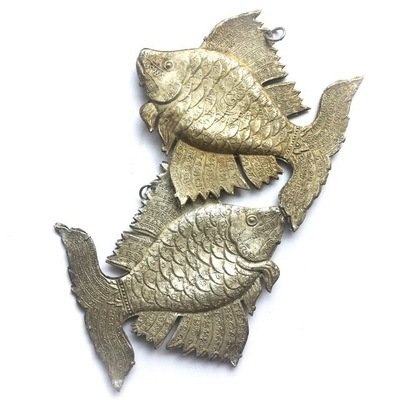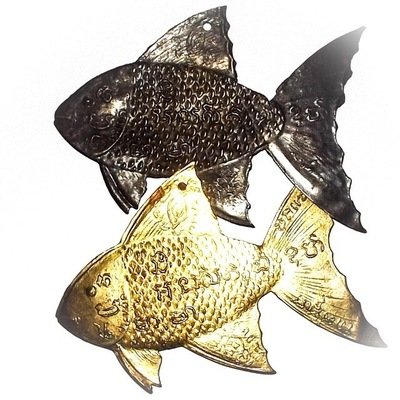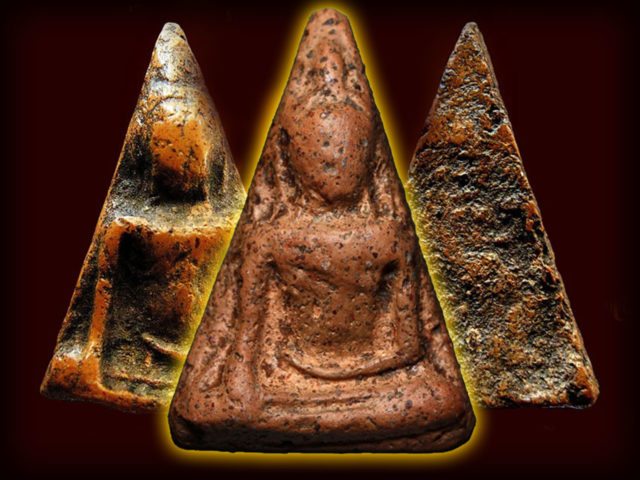
The Legend of Pra Nang Paya Amulet
Pra Nang Paya Benjapakee Amulet
Pra Nang Paya, or ‘Pra Pim Nang Paya, is an amulet from the Ayuttaya Period, which was artistically influenced in its design factors by the Artisans of the Sukhothai Periodic Style. As to the composition of the design of the Pra Nang Paya amulet, it can be said that it contains the work of the Sukhothai Artisan as its heritage, and is a Mark of Preservation of the Eight Periodic Buddhist Art styles found in Thai Sacred Arts and Amulets.
The Pra Nang Paya amulet was first discovered within the Chedi Stupa at Wat Nang Paya in Pitsanuloke, in the year 2444 BE, as King Julalongkorn Rama 5 was visiting Pitsanuloke, to be present for the casting of the Chinarat Replica Buddha at Wat Pra Sri Radtana Sasadaram. The King was invited to come and receive a large number of them as gifts (the best selected), and his Majesty then distributed them to the Government Officials and other Courtiers and Devotees. The remaining amulets, he took back to Bangkok. Apart from the ‘Serm Duang’ Horoscope Improving effects of this Purely Buddhist Amulet, the amulet is Famous for its Metta Mahaniyom, Klaew Klaad, Kong Grapan Chadtri, and Maha Lap powers.
The Pra Nang Paya Benjapakee amulet has 7 different Pim in total.
Pra Nang Paya Pim Khao Koeng.
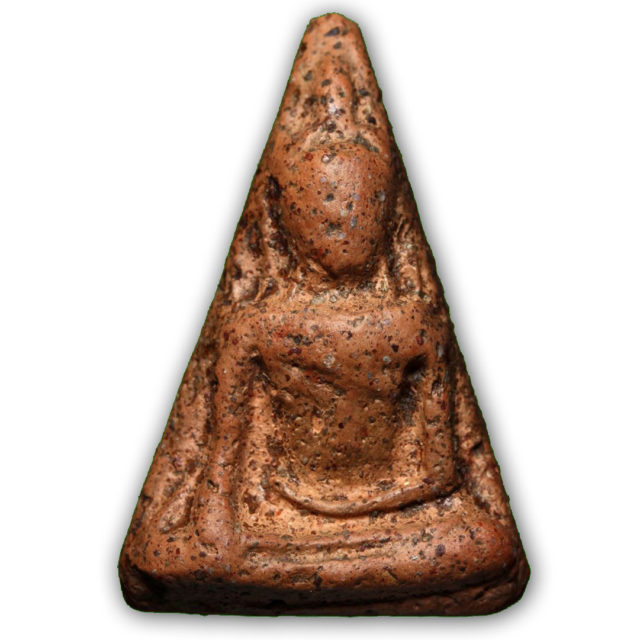
Pra Nang Paya Pitsanuloke Pim Khao Koeng Benjapakee Hiding Place Amulet
Pra Nang Paya Pim Khao Dtrong
(splits into two models; Khao Koeng Tammada, and Khao Koeng Mer Dtok Khaa).
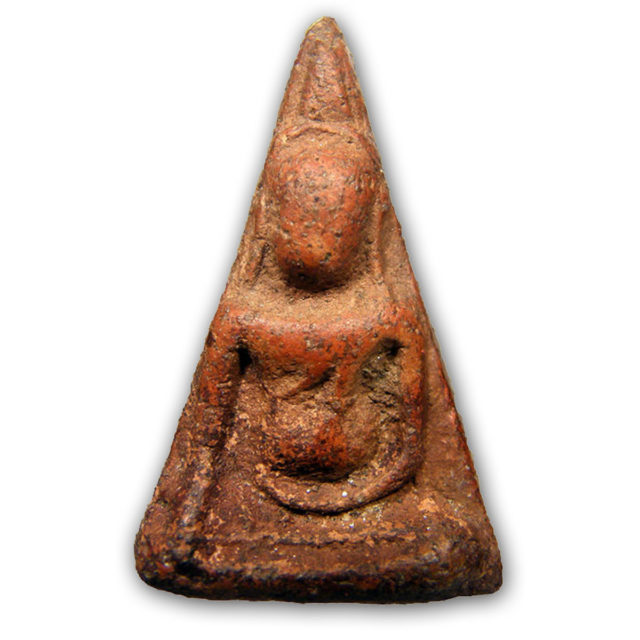
Pra Nang Paya Pitsanuloke Pim Khao Dtrong Benjapakee Amulet
Pra Nang Paya Pim Ok Noon Yai
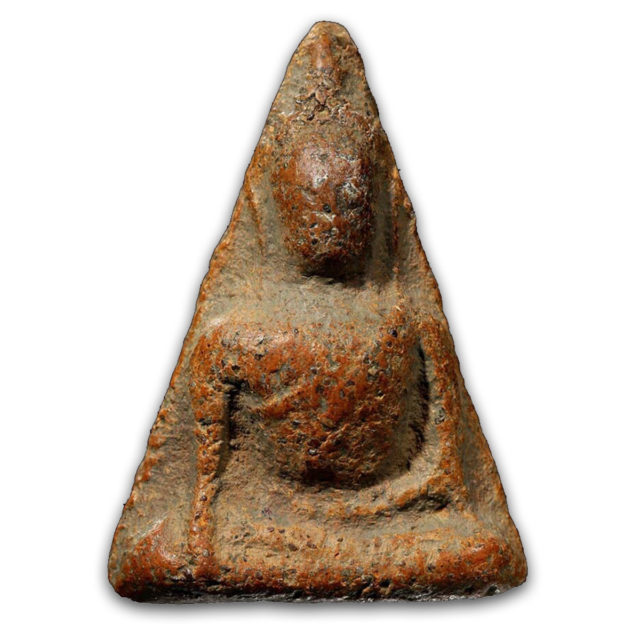
Pra Nang Paya Pim Ok Noon Yai Benjapakee Amulet – a Classic Pra Niyom Master Class Amulet
Pra Nang Paya Pim Ok Noon Lek.
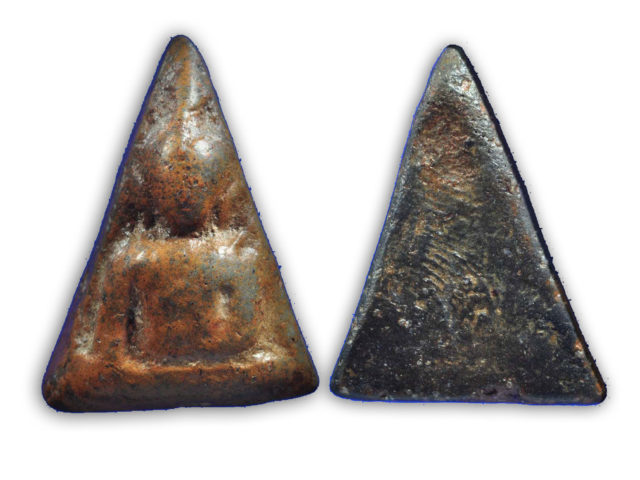
Pra Nang Paya Pitsanuloke Pim Ok Noon Lek Benjapakee Amulet of Historical Fame and Legend
Pra Nang Paya Pim Sangkati.
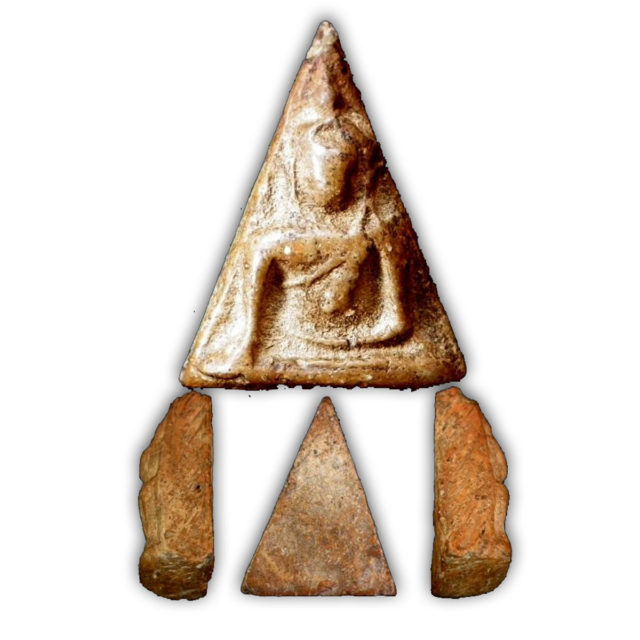
Pra Nang Paya Pitsanuloke Pim Sangkati Benjapakee Amulet – a very rare model to encounter from the seven Pim discovered in the Pitsanuloke Find
Pra Nang Paya Pim Ok Faeb also called ‘Pim Taewada’.
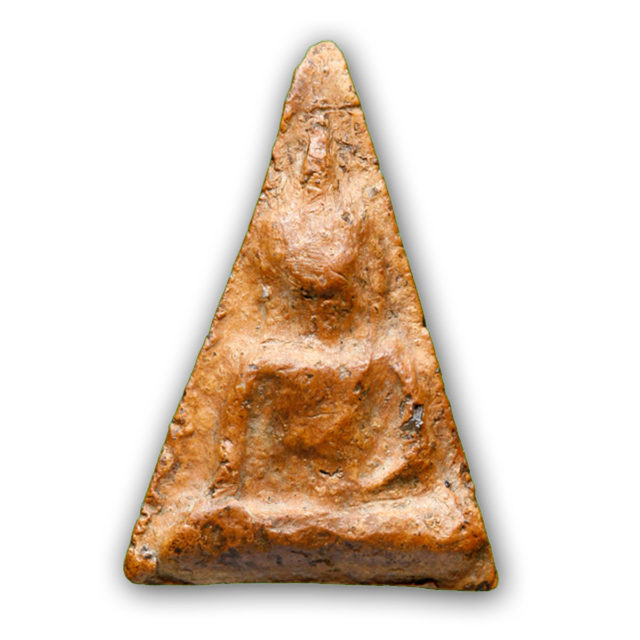
Pra Nang Paya Pim Tewada – a Classic Benjapakee Pra Niyom Master Class Amulet
Pra Nang Paya Pim Pised
(includes various amulets which do not fit in the above categories, such as the Khao Buang, or the Pim Yai Pised).
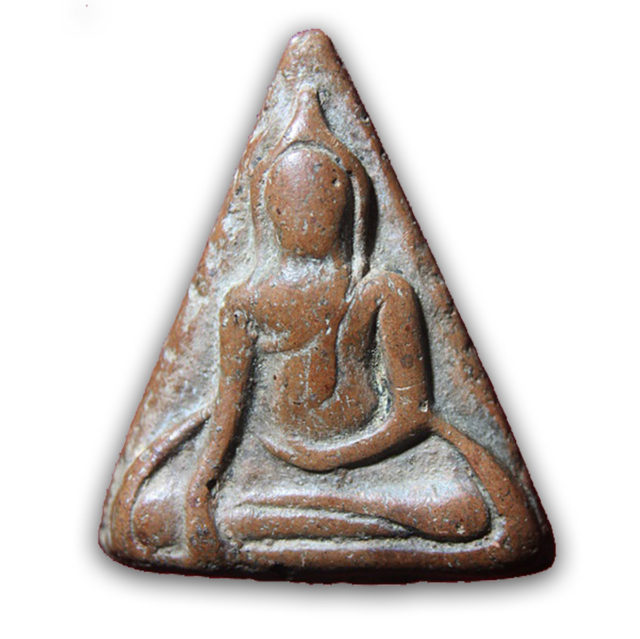
Pra Nang Paya Pim Pised Rare Special Model
Look Om Maha Gan 2480 BE Nuea Pong Wised Luang Por Kong Wat Bang Gaporm
A famous Kong Grapan Chadtri Klaew Klaad amulet of Olden Days, the Sacred Look Om Maha Gan of Luang Por Kong, Wat Bang Gaporm, released around 2480 BE.
The Look Om of Luang Por Kong are famed amongst the top Look Om amulets of all Masters. They are found in white, black, gray, brown and pinkish colours, each of which have their points of recognition of the content of the Muan Sarn Sacred Powders in each respective colour.
The Look Om of Luang Por Kong, is classed as one of the five top Look om within the 'Benjapakee' of Top Look Om of the five Regions of Thailand. The five members of the Look Om Benjapakee are;
1. Look Om Maha Jinda Mani Montrakom of Pra Palad Parn, Wat Tukata (who was the Upachaya of Luang Phu Bun Wat Klang Bang Gaew) 2. Look Om Maha Gan of Luang Por Kong, Wat Bang Gapom 3. Look Om Grao Paetch of Luang Por Parn, Wat Bang Nom Ko 4. Look Paya Chang Sarn of Wat Bang Wua (Luang Por Ding), and 5. the Look Om of Luang Por Pring, Wat Bang Bakork.
It is not every day that one can be lucky enough to encounter the Look Om Luang Por Kong, a Rare Classic Sacred Powder Wishing Ball from the World War Two Era, from a Gaeji Ajarn of Old whose Look Om carry the status of Niyom Category Benjapakee Top 5 Look Om, of Master-Class. This example is in Nuea Nam Dtan light brown with pinkish tints (comes from Nam Hmak areca-betel nut chewed by Luang Por), and has evidence of Pong Bailan Gao burned grimoire parchment soot (blackish toned spots within the Muan Sarn Sacred Powders).
Luang Por Kong (3rd April 2407 - 6th February 2486 BE)
Luang Por Kong Wat Bang Gaporm is a name that devotees have been uttering for over a century now, and which is a name that resounds with fame for Patipata (Purity of Practice) as well as for Wityakom (Wicha Saiyasart Buddha Magic Sorcery).
Luang Por Kong was one of the abbots of Wat Bang Gaporm in Amphoe Ampawa in Samut Songkram, whose Rian Kanajarn Monk Coins are said to be the second most popular monk coins of that era, after Luang Por Gaew of Wat Puang Malai.
His Rian Tong Daeng holds fourth position in the most popular coins of all time of the Benjapakee Coin Amulet Family (Most Popular Monk Coins of the Five Main regions of Thailand). His famous Run Badtr Dtan 2486 BE coin in silver with Rachawadee enamels, is very famed for the number of persons who had miraculous events occur whilst wearing the amulet.
Luang Por Kong was Ordained into the Sangha in 2427 BE in the month of August with Pra Ajarn Duang as Upachaya Ordaining Officer, and Pra Ajarn Jui as his Gammawajajarn Prompting Officer and Ajarn Tim of Wat Mueang Mai as his Anusawanajarn Witness. Plus 25 Ordained Monks of the temple attended as witnesses. He was given the 'Chāyā' Monk's Name of 'Tammachōdtō', which means 'He who Advances in Dhamma'
Once he had Ordained, Luang Por Kong began to study and master Pali Sanskrit Grammar, which he found himself to have a great affinity for. He spent 13 years studying and mastering the translation of many Kampira Grimoires with his Kroo Ba Ajarn, and developed immense ability and fluency in Khom Pali Sanskrit. He also took intense interest in the Wicha Prawaet Wityakom (Buddha Magic and Occult Sorcery).
He began to practice Magic right from the very beginning of his ordination starting with Pra Ajarn Duang, his Upachaya, who taught him to master the Wicha Tam Pong Lob Sacred Yantra Powder making ritual method. Luang Por Kong continued to gather Wicha from Luang Por Dtard of Wat Ban Wan Tong, who was a Master Adept of the Wicha Na Bad Dtalord. It was said that Luang Por Dtard was able to blow a Yantra spell through the crown of the head of a devotee sat on a blackboard, and make the Yantra pass through, and appear on the blackboard the devotee was sitting on.
This Wicha which Luang Por Kong Mastered, was the very same Wicha which the great Gaeji Ajarn Luang Por Tong Sukh had also learned from the very same Master. Luang Por Kong also was bestowed Wicha by Luang Por Hrun, of Wat Chang Phueak, who was a monk who possessed supernatural abilities, and who is famed for having passed away seated in meditation.
In his 21st Year of Ordination, the folk of the Municipality Invited Luang Por Kong to accept the position of Abbot of Wat Bang Gaporm, and perform the duty of caring for the temple and its development, and the faith of the devotees of the temple. Luang Por Kong built various edifices to improve the temple in his lifetime, as well as creating the Pra Pha Lelai Buddha statue, and perform many restorations within the temple enclave. His practice and teachings were a source of hope and inspiration to the local Thai Buddhist Folk, for he was always ready and willing to come to the aid of his congregation when asked for help.
Luang Por Kong became ill in the end because he never stopped doing his endless duties, be it building Buddha statues, restoration works on temple buildings, creating and blessing amulets, and attending to the calls of the congregation. In the 4th Month of each year, he would take his Glod (Umbrella with Mosquito Net), and stay in the cemetery at the side of the temple. He would practice Tudong 13 there for a period of 1 Month each Year. He considered this a self purification practice after spending the whole year busy with the needs of the world, and a withdrawal from the world to reflect on his own practice.
The Miraculous Passing of Luang Por Kong
On the 6th February 2485 BE, Luang Por Kong was seated performing the chanting of the instalment of a Buddha-Rupa image of a local shop in the township, when, just as he had finished blessing the Topknot of the Buddha statue after opening the eyes of the Buddha, he became dizzy and fell to be caught by other Bhikkhus. He was able to regain his awareness and asked to be helped into the meditation posture, where he sat then and entered meditation, and passed away silently.
His devotees remained seated in silence for a long time, before they realised he had passed away, and even longer before they could bring themselves to bring Luang Por Kong's body down from the premises.And so it was that Luang Por Kong passed away in Meditation after blessing a Buddha-Rupa, on 6th February 2485 BE, at age 78, after 58 years of Ordained Life.
